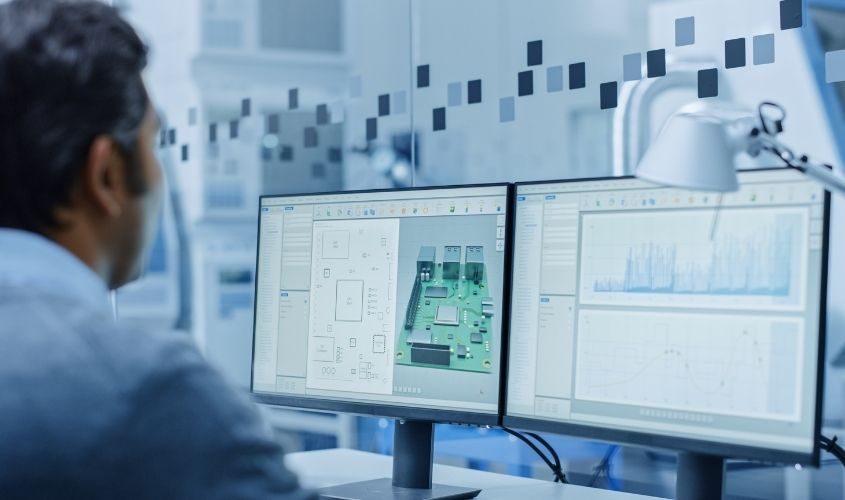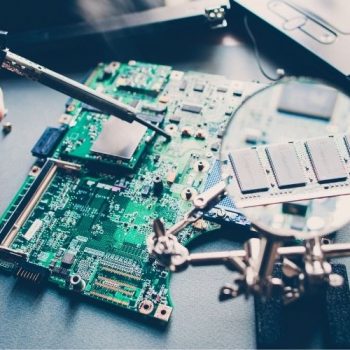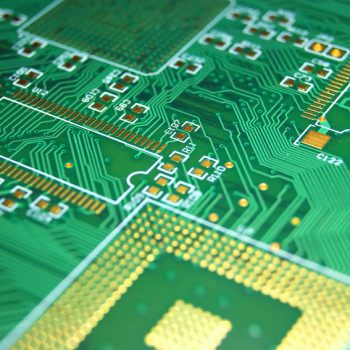Printed circuit boards (PCBs) have completely revolutionized the world since their conception, advancing electronics from basic circuits to the most complex microchips we see today. One of the major reasons why PCBs are so useful is the possibility of custom builds. Each PCB can be completely unique for each job—it all depends on how you build it and how you want it to work. To start building the PCB you need, here’s a beginner’s guide on what you need to know about PCB design.
Simple PCB Designs
There are many different styles of PCB designs, each with its own set of benefits. However, a less complex design doesn’t mean that it won’t accomplish the job you need it to do. One basic style is a through-hole PCB, where wires run through holes in the board to connect components. Another more popular style is SMT (surface-mounted technology) which allows for much more complex PCBs at higher production rates.
Two Aspects
Two major factors make up most PCB design decisions outside of component selection: component layout and layers.
- Layers: Every PCB can have multiple layers to give more space for wiring and other components. However, some PCB designs make extra layers very difficult, and they are only useful for PCBs that run complex devices.
- Component layout: This is the placement of your components on the board and the circuitry that connects them. Generally, you want direct wiring and only a few millimeters between components to come up with a good layout.
PCB Software
The actual act of designing a PCB can take a lot of resources if done by means of trial and error. It’s a much better idea to use PCB software that allows you to craft a blueprint of your PCB before you make it. Once you have a good blueprint, you can have a custom PCB prototype made to test your design.
By following this beginner’s guide on what you need to know about PCB design, you should have a general idea of which steps you need to take. While there might be other factors to creating a PCB, the steps we outlined above are the major steps you’ll need to take to make a good PCB.










